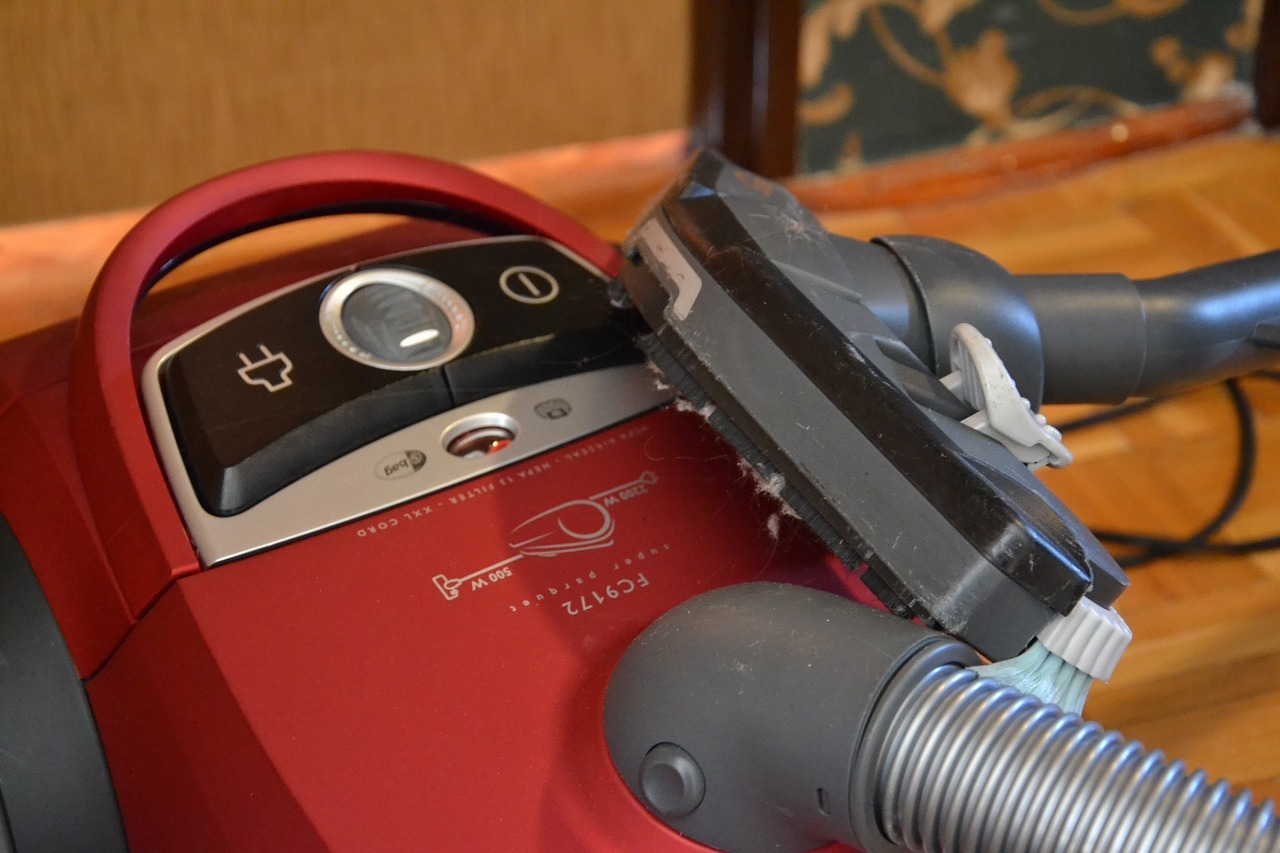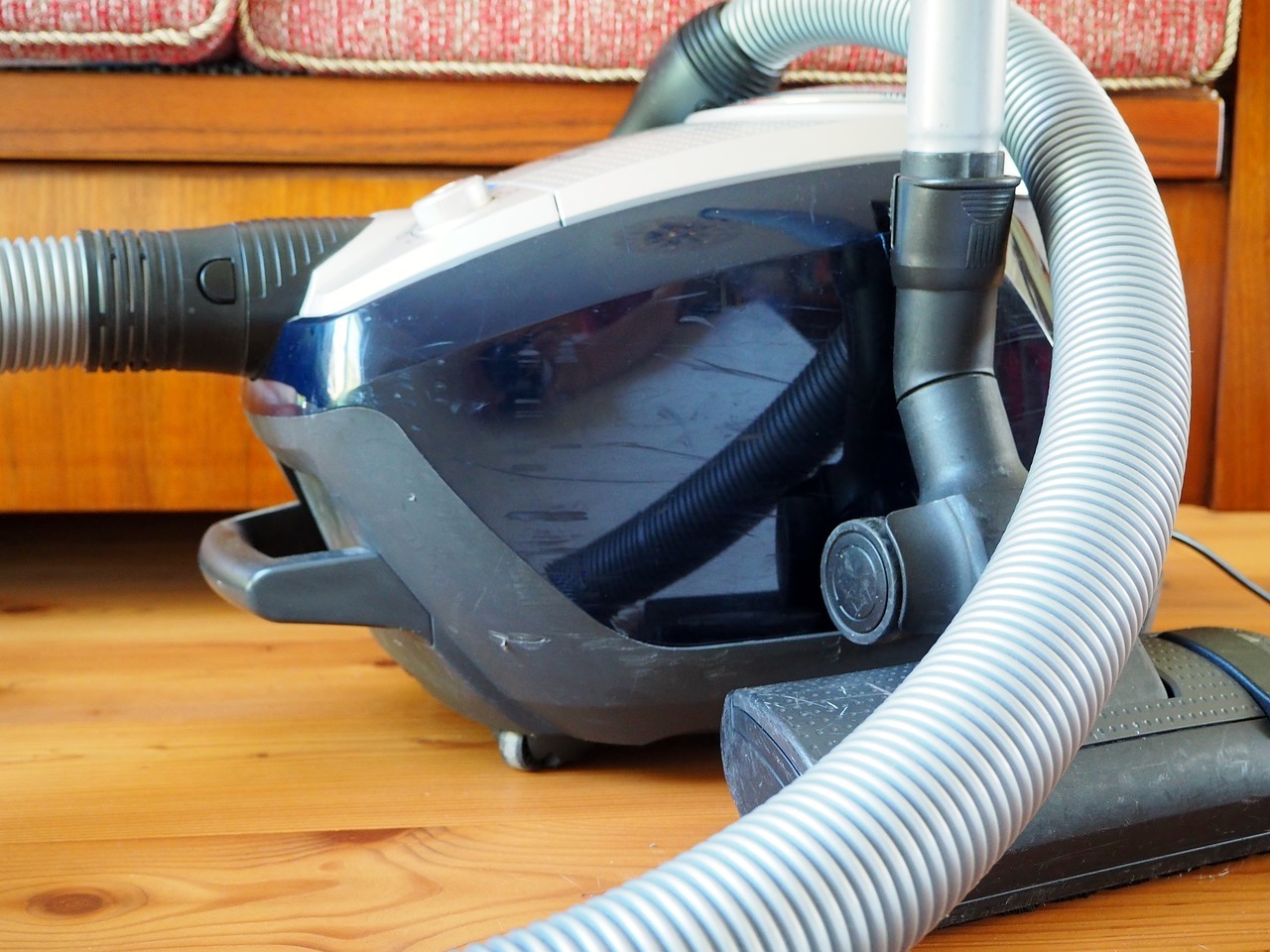For a lot of people, the vacuum cleaner is a typical household appliance. A vacuum cleaner is a device that cleans away dust, dirt and other debris by suction. It uses an air pump to suck up particles not just for floors and carpets, but also from furnishings, upholstery and any surface you want cleaned. It’s also known as a vacuum sweeper or hoover. We put together a list of the five best lightweight vacuum cleaners for elderly people.
Though not all vacuum cleaners are the same, a lot of households that use it got a vacuum cleaner because of it provides speed, efficiency and convenience in cleaning that can’t be achieved using the simple broom-and-dustpan duo. For many years, vacuums have proven to be useful not only for households, but even for commercial establishments. But have you ever wondered how the vacuums came to be? Here’s how it all started – a very interesting history of vacuums!
Most devices started as something basic. For vacuum cleaners, they started as brooms. Before the 19th century, floors are simply swept. Rugs and carpets are hung over a clothesline and pounded repeatedly to shake off the dust and dirt. When people started to seek a more efficient and less tedious way of cleaning, mechanical sweepers were invented. In 1859, a Boston inventor named Hiram Herrick filed for the first American patent for a carpet sweeper, which was simply a rolling broom and a dustpan. In 1860, Daniel Hess from Iowa created a carpet sweeper with a rotating brush and bellows for suction, and he received a patent for this rudimentary design for the modern vacuum cleaner.
By the end of the 1860’s, a Chicago inventor named Ives McGaffey patented another sweeping machine sweeping machine, which was considered as the very first vacuum cleaner. His creation was called the “Whirlwind,” which worked by hand-cranking the machine while pushing it across the floor to activate the fan that does the cleaning action. Obviously, it was unwieldy to operate – even more tedious to use than a simple broom – but it still became fairly successful commercially.
Hess’ and McGaffrey’s inventions used moving air, but it was only half of the solution. It needs power to provide suction work in itself, without needing the operator to do it manually. In 1898, a Missouri inventor named John S. Thurman patented a gasoline-powered vacuum cleaner and called it the “pneumatic carpet renovator.” It was the first motorized carpet cleaner, which was a big improvement from McGaffey’s Whirlwind. Thurman made his device available through house calls, and his business became a success.
However, the real father of the modern vacuum cleaner was created in 1901. It was the first motorized vacuum cleaner patented by British structural engineer Hubert Cecil Booth. His device was known as the “Puffing Billy.” It was first powered by an oil engine, as it was inspired by a horse-drawn cleaning device, then later on became powered by an electric motor. The Puffing Billy had a long hose that acts as the cleaner that sucks up the dust and dirt. With this device, Booth’s creation landed high-profile cleaning jobs for the royalty, as it was used to clean the Westminster Abbey, with Windsor Castle and the Buckingham palace. Later on, the Puffing Billy was being built for hotels and the homes of the rich. It even reached New York to clean its high rise buildings.
Meanwhile in United States, an inventor named David T. Kenney also created a suction vacuum cleaner in 1901. It was a stationary, 4,000-pound, steam-engine powered device with hoses and pipes used to reach all parts of the building.
The design of vacuum cleaners back then were very huge, and was limited for use in establishments and big houses owned by the rich because it was also expensive. In 1905, a British inventor named Walter Griffiths created the first vacuum cleaner that can be carried around, which was also the first device that resembled the modern vacuum cleaner. It used bellows-like contraption that must be pumped to suck up dirt through a flexible pipe. In 1906, James Kirby invented the “Domestic Cyclone,” which was the first vacuum machine that used water for dirt separation instead of using a filter.
In 1907, an Ohio store janitor named James Murray Spangler designed a vacuum cleaner out of necessity, as using his carpet sweeper gave him chronic asthma attacks. His vacuum was a portable, electric vacuum cleaner that uses an electric fan motor, a broom handle, a soap box and a pillowcase that served as receptacle for debris. He got his patent for the prototype in 1908.
Spangler quit his job and founded his own company, the Electric Suction Sweeper Company. However, he lacked the budget to mass-produce his own machine, so he asked help from his cousin and satisfied customer Susan Hoover for help. Susan’s husband, William Hoover, bought the patent from Spangler and turned his invention into a commercial success. He developed Spangler’s vacuum cleaner and soon rose to become the president of the company, which was renamed as the Hoover Company.
Hoover’s version of Spangler’s machine looked like a bagpipe attached to a cake box, but it was effective. It was the world’s first upright vacuum cleaner with bag attached to the stick. When it was first released to the public, sales were slow, but Hoover’s clever promotional tactics helped it become a household name. Soon, almost every house owned a Hoover vacuum, and the action of vacuuming was called “hoovering.”
At first, the vacuum cleaner was a luxury. But after the World War II, it became affordable to many middle-class households. Over the years, a lot of manufacturers have continuously developed more portable vacuum cleaners. In 1979, Black & Decker released the first cordless vacuum cleaner. This type of machine has come along way since then, with most brands offering some form of cordless vacuum likes these ones here.
In 1983, British engineer and inventor James Dyson introduced a portable vacuum cleaner that is bagless, filter-less, and uses cyclonic separation. At first, it was not well-received because of its steep price, but Dyson-brand cleaners became one of the fastest-selling home appliances in the UK. Dyson’s cyclonic vacuums inspired other companies, including Hoover, to create their own filter-less, cyclonic vacuum systems.
By the turn of the millennium, more advanced cleaners were developed, such as robotic vacuums and hovering vacuums that uses detectors to work automatically and even a vacuum for shag carpet. WE even have highly specialized vacuums for cars, work shops and even getting rid of annoying bug vacuums! Central vacuum systems are also popular in homes, wherein a vacuum system is built or ducted in a central location, and connected by pipes that are installed throughout the building.
Today, we can choose from a wide range choices for vacuums that can clean carpets, rugs or hard floors, and can tackle wet and dry debris, and even pet hair vacuums. We are now living in a world of convenience, where cleaning isn’t a tiresome, time-consuming and back-breaking chore anymore.

